Few insects in India are as enigmatic as the cicadas. We all have most probably heard them — they are the ones that make that buzzing and clicking noise, which can be amplified by multitudes of insects into an overpowering hum.
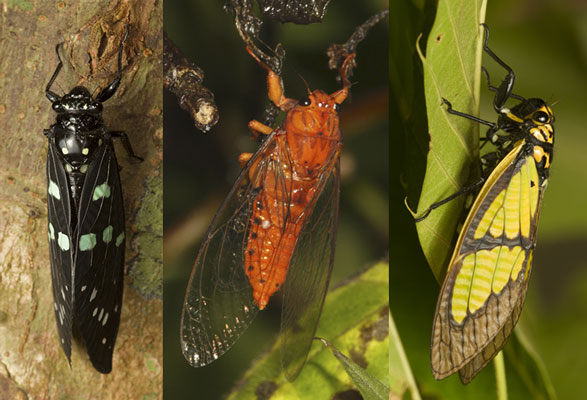
Inside a forest, in the dead of the night or just a buzzing sound from the bushes in the garden announcing the arrival of summer, cicadas are often heard like a white noise that is eerily familiar and associated with wilderness. Strangely, their sounds are more recognisable than the insects themselves and it is this shroud of mystery surrounding their existence that scientists are now trying to unveil.
Read More: What is the difference between Dragonfly and Damselfly
In a comprehensive 150-page catalogue, you can now learn all about the different cicadas of the Indian subcontinent. Krushnamegh Kunte, assistant professor at the National Centre for Biological Sciences (NCBS), Bengaluru, along with Rohini Balakrishnan from the Centre for Ecological Sciences, Indian Institute of Science and Prashanth Mohanraj, principal scientist at National Bureau of Agricultural Insect Resources (NBAIR), teamed up with scientists from Natural History Museum, UK, and University of Connecticut, USA, to create this one of a kind catalogue.
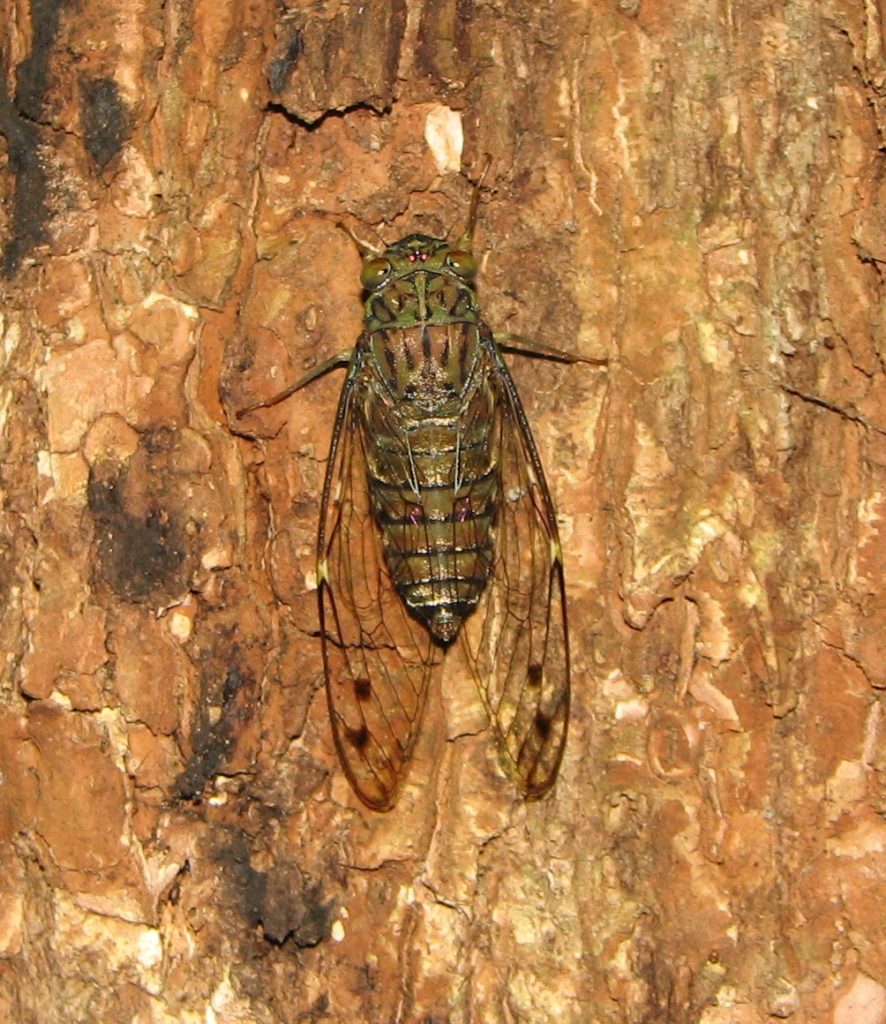
It introduces over 281 cicada species, including 189 species of India and Bangladesh, 19 species of Bhutan, 81 species of Myanmar, 46 species of Nepal and 22 species of Sri Lanka. The study and the successive catalogue thus serves as a modern reference point for these insects, something that hasn’t been done in the last 100 years or more.
Overlooked & understudied
The cicadas of the Indian subcontinent, much like the other insects, have long been overlooked and understudied. In the scientific world, not much can be found about the Indian cicadas apart from few pioneering work by British scientists in the 1900s. However, this certainly doesn’t make them less interesting. In fact, from the various studies done of these fascinating insects in the US, Europe and Thailand, we do know a number of facts about them that make cicadas one of the most amazing creatures from the insect world.
Read More: Spider Discovered In Western Ghats Gets Name Inspired From Harry Potter Books
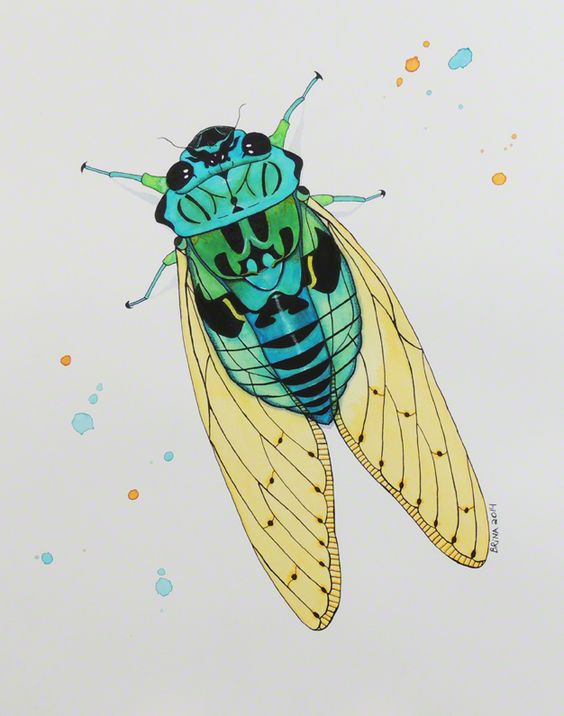
Apart from their characteristic sounds, cicadas are also famous for their houdini-like disappearance act. Some species of this insect have a habit of disappearing not for a day or a month, but for many years at a time, only reappearing at regular intervals. The dog-day cicada has a habit of being seen only once a year, each summer in the US. Another one, the seventeen-year cicada spends over 99% of its life underground, only to crawl out by the billions on a warm spring night in its 17th year blanketing the entire area.
One reason, perhaps, for the less knowledge about a cicada’s lifestyle is because it spends much of its life cycle as a nymph underground. Here, cicadas suck the liquid from plant roots and it is only after a number of years or months that they metamorphosise into the adult form that we see. The adults are stout, dark coloured with four long, transparent wings and large eyes, and for a layman might appear like a well-fed dragonfly.
Another misinterpretation that cicadas face is that they are often confused with the ill-famed locusts. It is especially true for the periodic cicadas that appear in billions after 13 or 17 years. However, while locusts are a large swarm of grasshoppers joined in behaviour to feed on a large area of plants and crops, cicadas on the other hand are cousins of crickets and a different family of insects. Cicadas do not create destructive plagues as some locusts do.
Read More: Bats Of Karnataka In Need Of A Saviour
The guide to the Indian subcontinent cicadas is therefore a much needed look into the lives of these insects that can reveal more characteristics about them. Chasing the cicadas.
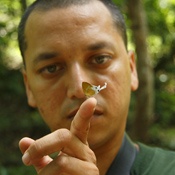
For Krushnamegh and his team, the effort to put together this all-encompassing cicada guide has not been easy. It all began in London, when Ben Price, a former curator of the Natural History Museum photographed all the cicada specimens from the Indian subcontinent kept in their collection. The next step
was the bigger challenge. The research team in India verified the accuracy of each photographed specimen by checking the taxonomic literature from 300 years ago.
They then collected fresh samples and the genetic imprint of each species. This was a tall feat quite literally, because not only are cicadas excellent at camouflaging against the tree bark surface, they are also often found high up on the tree branches, and the scientists had to retrieve them from those high perches.
Additionally, the scientists have also recorded the sounds of the cicadas. These will be kept in a library for researchers and conservationists to listen to and identify the insects and their behaviour from the call. “They are quite vocal. So you can go to a forest and record all the sounds. Without even seeing them, you’ll know what diversity you are looking at,” said Krushnamegh.
The team has created a new website dedicated to cicadas as well. It will store images, the identification markers, taxonomic details and other information related to the 281 species catalogued. Taxonomy for conservationThe systematic classification of living organisms or taxonomy is a branch of science, that can be regarded as the first step to conservation.
The knowledge of the existence of a species, its unique characteristics that affiliates it with some creatures and demarcates with some others, its lifestyle and adaptations, feeding habits and habitats, it is only when these are known with certainty that the next step of protecting this life form and the life it needs, can be taken. It is this crucial link that has been missing for the Indian cicadas for the last century and this new guide has provided.
Adds Rohini Balakrishnan, “Taxonomy as a discipline has suffered seriously over the past several decades since it is seen as merely ‘stamp-collecting’ by biologists in general. But biodiversity inventorying and prioritising of areas for conservation requires basic data on the identification, occurrence and ranges of species, and cicadas are no exception.”
With a new generation of Indian scientists taking the responsibility to notice and acknowledge the existence of tiny bugs, as much as the mega species of the nation, it can be hoped that the country’s biodiversity is not lost under the concrete jungle without even a trace of its existence.
This article by Atula Gupta was originally published in Deccan Herald

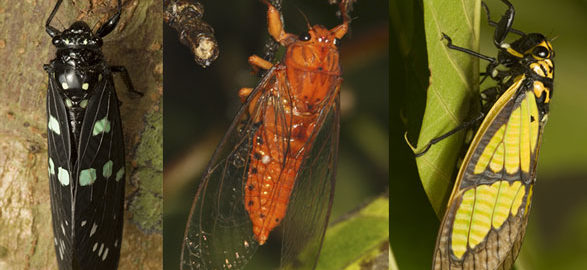
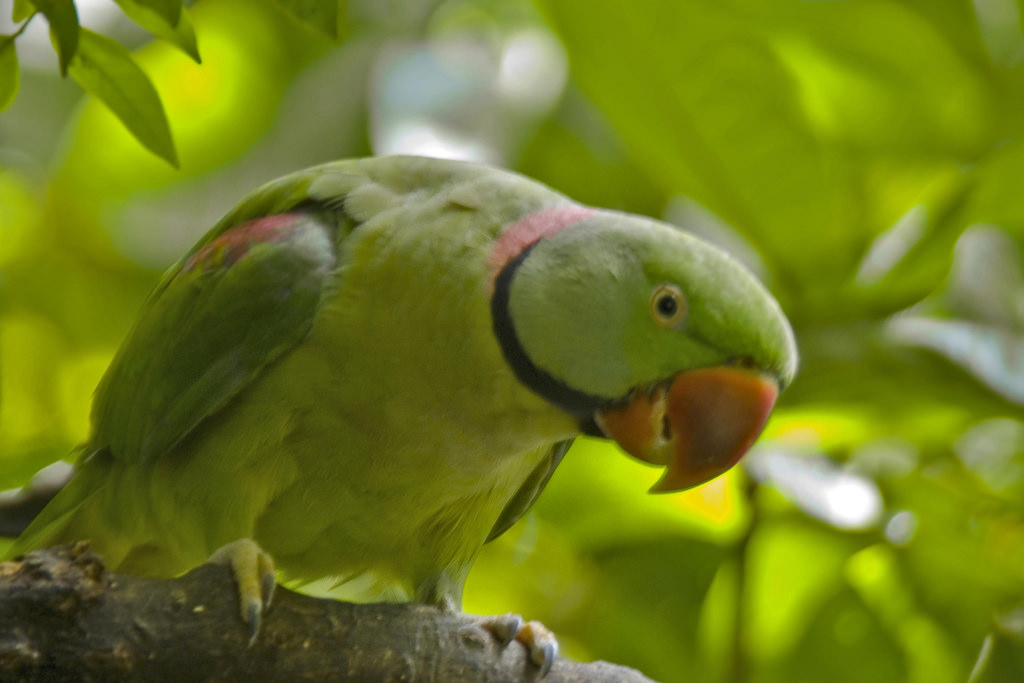
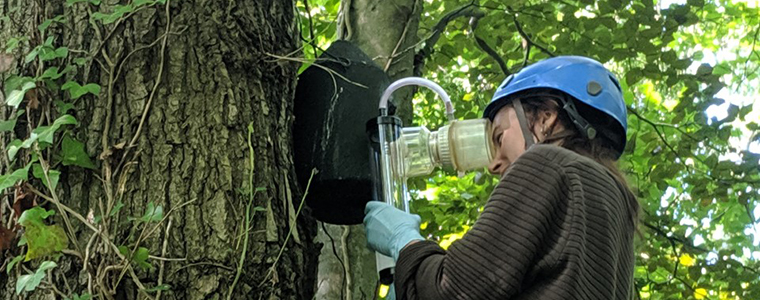


One thought on “Decoding The Lives Of Mystery Insects”